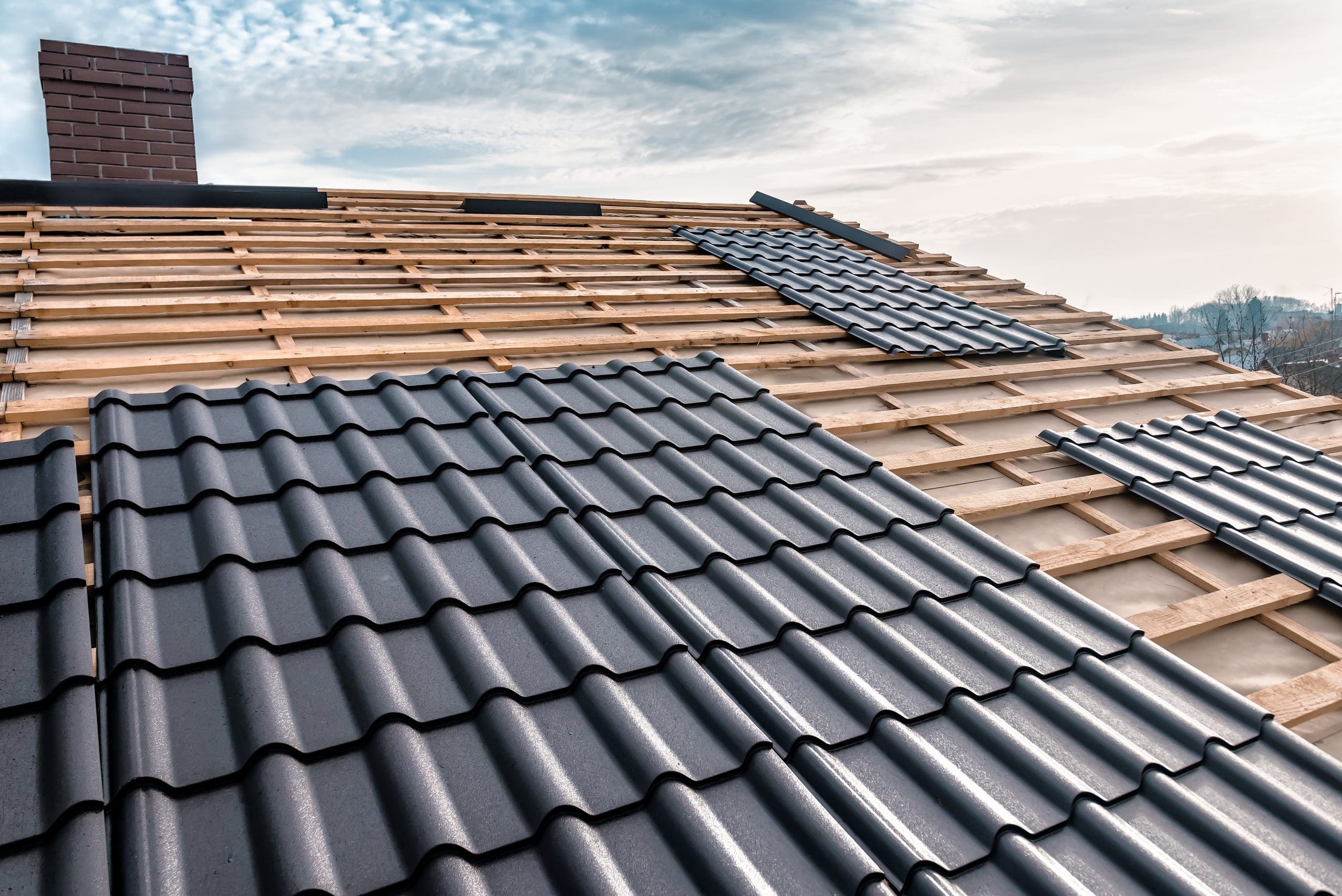Manufacture and wholesale of metal fasteners in South Africa – April 2022
Let’s get to the nuts and bolts of it
I must admit that reading the WoW’s 2022 report on Manufacture and Wholesale of Metal Fasteners in South Africa, brought to light some information I found surprising. Who would have thought that the automotive manufacturing business consumes 70% of metal fasteners production? Because that leaves only 30% for all other applications including construction, furniture, fittings electronic equipment and many other industries. Besides that, economic patterns in the manufacture and trade of metal fasteners are similar to other sectors of the SA economy; there are some aspects we like to put the spotlight on though.
Firstly some useful facts about the metal fasteners industry in a nutshell. In value the industry is not as big a contributor to the GDP as is mining for instance, yet it is not trivial. It has the benefit in terms of economic policy of being in manufacturing, one of the biggest employers of the low skilled labour force, and it is export oriented with South Africa exporting R1.36 billion worth of fasteners to mainly SADC countries. For a country with very high unemployment and given that this industry still imports more than it exports, there is room for improvement.
Research and development in the largest consumer (automotive industry) is now focussing on weight reduction, with a view to become more fuel efficient. With 70% of the fasteners consumed by the automotive industry and a major shift towards electric vehicles (EVs), there is increased pressure to develop lighter fasteners much faster for the South African industry to remain competitive.
Right now, Internal Combustion Engine (ICE) vehicles have a weight advantage over EVs whose propulsion system (batteries) use less fasteners but are heavier overall due to the size and weight of batteries. While steel is still the prevailing/preferred component, innovative fasteners made of composite material are starting to make inroads. These new composite fasteners are becoming more suitable for the automotive industry.
Besides the need for continued innovation for the local industry to keep pace, the much more worrying development we see in the WOW report is the pipeline of new EV automotive production facilities being built on the African continent from which South Africa seems to be missing and this should be a concern for the South African government because, while EVs might be using about 7% less fasteners, the automotive industry would by far remain the largest consumer of fasteners, and long-term high growth in car manufacturing favours EVs.
Stellantis (maker of Chrysler, JEEP, Peugeot, Citroen, Opel, Fiat…) is building a car plant in Morocco. Chinese BYD EV maker also plans to build a plant in Morocco. Chinese EV maker Dongfeng goes to Egypt. VW and Nissan are eying Ghana for new EV plants. Others are considering Angola, Ethiopia, Kenya, Namibia, Nigeria and Rwanda.
The automotive industry in Africa is definitely a growth market. The continent, according to the WOW report, has 17% of the world population yet only 1% new vehicle sales and with 44 vehicles per 1,000 as compared to 180 vehicles per 1,000 in the developed world population – growth is inevitable.
This brings us to the second spotlight.
As China has become the kingpin in everything export, this industry is no exception. In an effort to protect its industry, the South African government introduced safeguard (anti-dumping) measures and drastically increased import tariffs of up to 52%. These tactical measures should nonetheless stay temporary to allow local industries to develop capacity and address competitive issues, if not a culture of complacency in protected industries if made permanent would simply lead to price increases devoid from competitive considerations.
From a strategic point of view, the government should take note of the investments being made on the African continent as they implement the amended Automotive Production Development Programme (APDP) regulations aimed at creating a favourable investment environment for EV manufacturers.
That will hopefully put South Africa on par with other African countries being considered, to drive economic growth, technology inclusion and job creation.
Contact us to access WOW's quality research on African industries and business
Contact UsRelated Articles
BlogCountries ConstructionSouth Africa
The Impact of Infrastructure Development Challenges in South Africa
Contents [hide] The importance of capital formation for infrastructure development Infrastructure development has many elements including fixed capital formation, a statistical term for just about everything that constitutes investment in...
BlogCountries ConstructionSouth Africa
Nanotechnology in the Paints and Coatings Industry
Contents [hide] What is Nanotechnology? Nanotechnology is one of those many new technology buzzwords that are accepted in daily discourse but not very well understood as the magnitude is outside...
BlogCountries ConstructionSouth Africa
Advantages of Vertical Integration in the South African Tile Industry
Contents [hide] As covered in the WOW report on the Tile Industry in South Africa, the advantages of vertical integration in the tile industry relate to the fundamental principles of...





